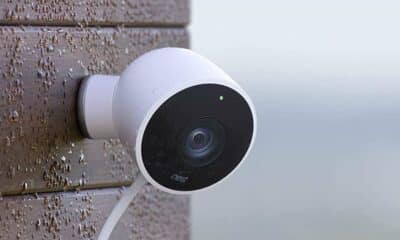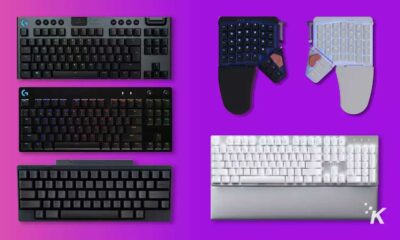Buying Guide
The best DAC/AMP stacks for your headphones
Want to take your headphones to the next level? Start here.
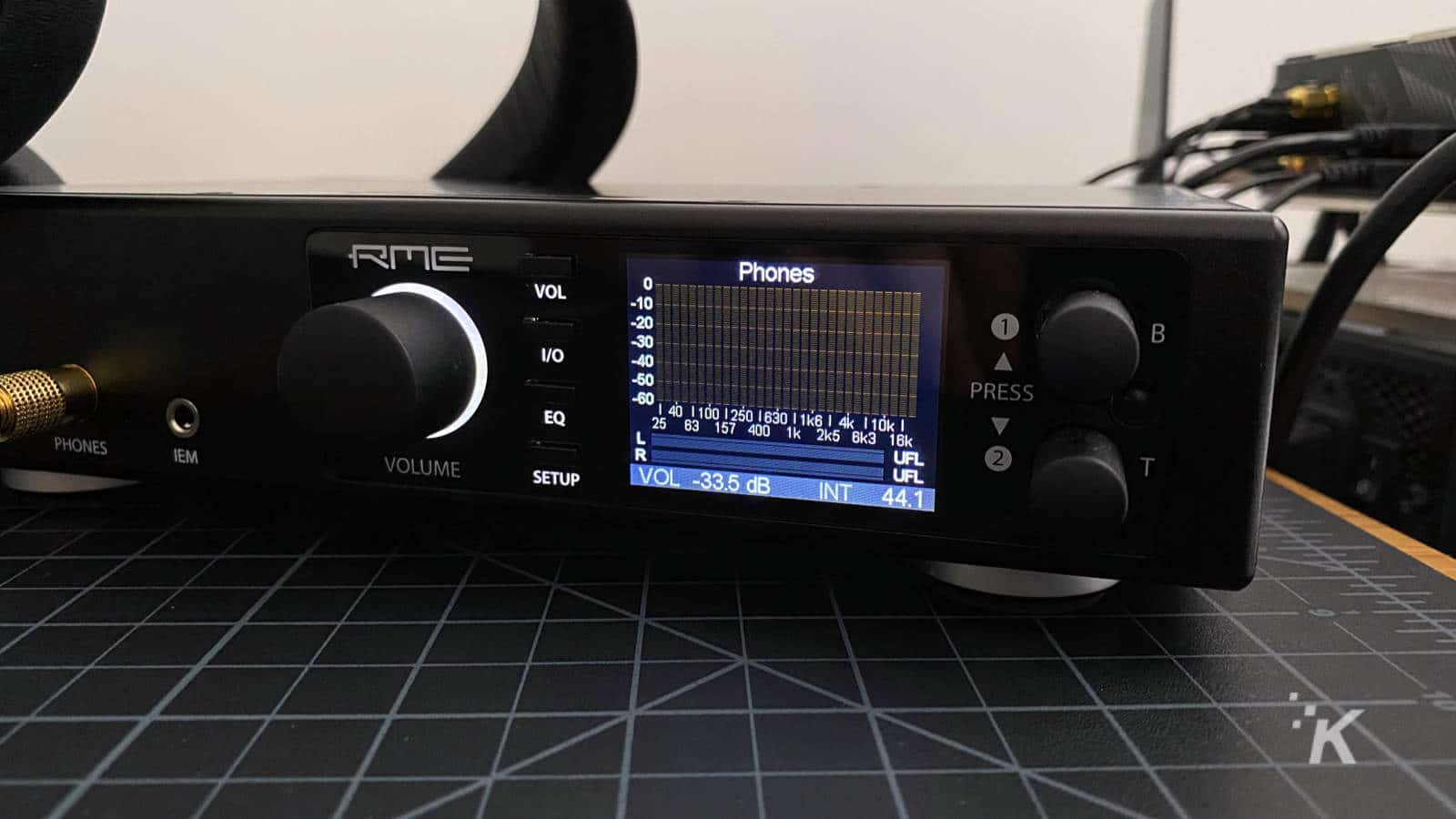
Just a heads up, if you buy something through our links, we may get a small share of the sale. It’s one of the ways we keep the lights on here. Click here for more.
If you want to upgrade from the onboard sound output on your computer, the best way to go is an external DAC/AMP stack.
Bringing the signal path outside of the noisy electronic environment inside your computer reduces the chances of glitches in your sound, and you can use the same stack with multiple devices.
The main point of having a stack instead of a combo unit is future expandability. You can always upgrade one component and keep using the other because they all use the same types of interconnects. That means you’re not limited in the types of headphones you can upgrade to either, as plugging in a more powerful amp is always an option.
Before going on your audiophile journey, it’s worth thinking about a few questions:
- What headphones am I going to use this with? Does your headphones use a 3.5mm plug, a 1/4-inch plug, or a 4-pin XLR plug? What’s the headphone’s impedance?
- Which input connectors do I need? Do you only want to use it with your computer, in which case USB input might be all you need. Do you want the option to use Optical, or RCA, or balanced XLR? Do you want wireless connectivity, like WiFi or Bluetooth?
- Do I need additional outputs? Maybe you want to drive your desktop speakers, or am I only going to use headphones?
- Do I want it to be portable? A USB dongle is the last word in portability if you want an external DAC/AMP that you can throw in your bag with your laptop. If that’s not your use case, you might want to think about how much of your desktop space you can lose to your stack, as the more expensive stacks tend to take up more space.
With that said, let’s get on with our choices.
Here’s our pick of the best DAC/AMP stacks to fit any budget
From single-device dongles that can fit in your pocket to desktop stacks to play the soundtrack to your workday, we’ve got you covered.
Schiit Modi and Magni ($99 ea)
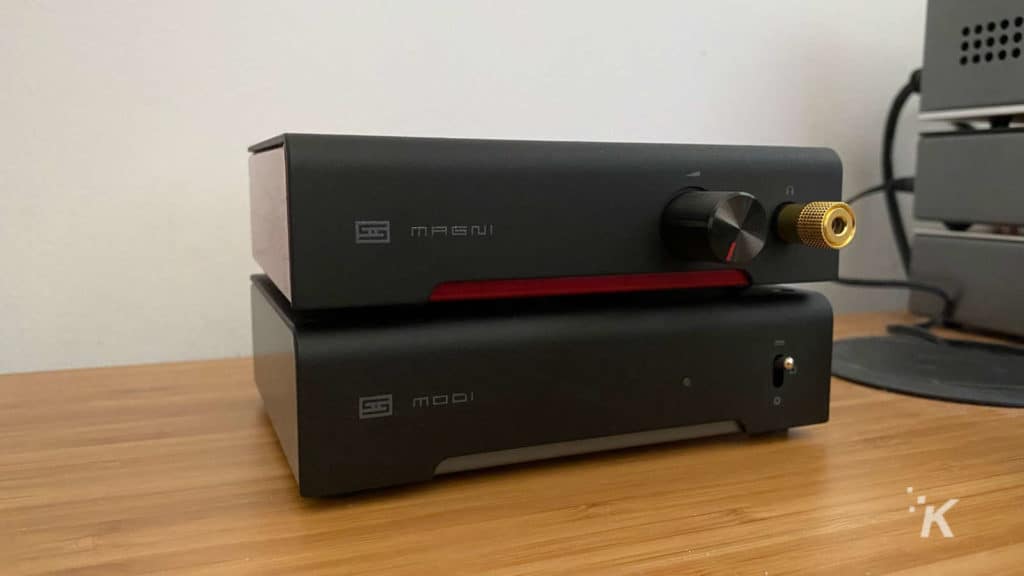
There are a million good reasons why the Schiit Modi + Magni is the go-to stack for entry-level gear, but you only need to know one. It sounds fantastic. Pair the Modi 3+ DAC with the Magni 3+ for a traditional all-discrete headphone amp, or the Magni Heresy for an all-op-amp based headphone amp, or the new IEMagni ($119), which has a negative gain switch for sensitive IEM use, and you’ll have a stack that could conceivably be your end-game.
Did we say entry level? The only thing entry-level about this stack is the price.
[letsreviewaffiliate url=”https://amzn.to/2UP9t3a” text=”see Modi 3+ at amazon” size=”small” rel=”nofollow” target=”newwindow” accent=”#d6c9e2″ border=”off”]
[letsreviewaffiliate url=”https://amzn.to/3eplR0P” text=”see Magni Heresy at amazon” size=”small” rel=”nofollow” target=”newwindow” accent=”#d6c9e2″ border=”off”]
Schiit Modius and Magnius ($199 ea)
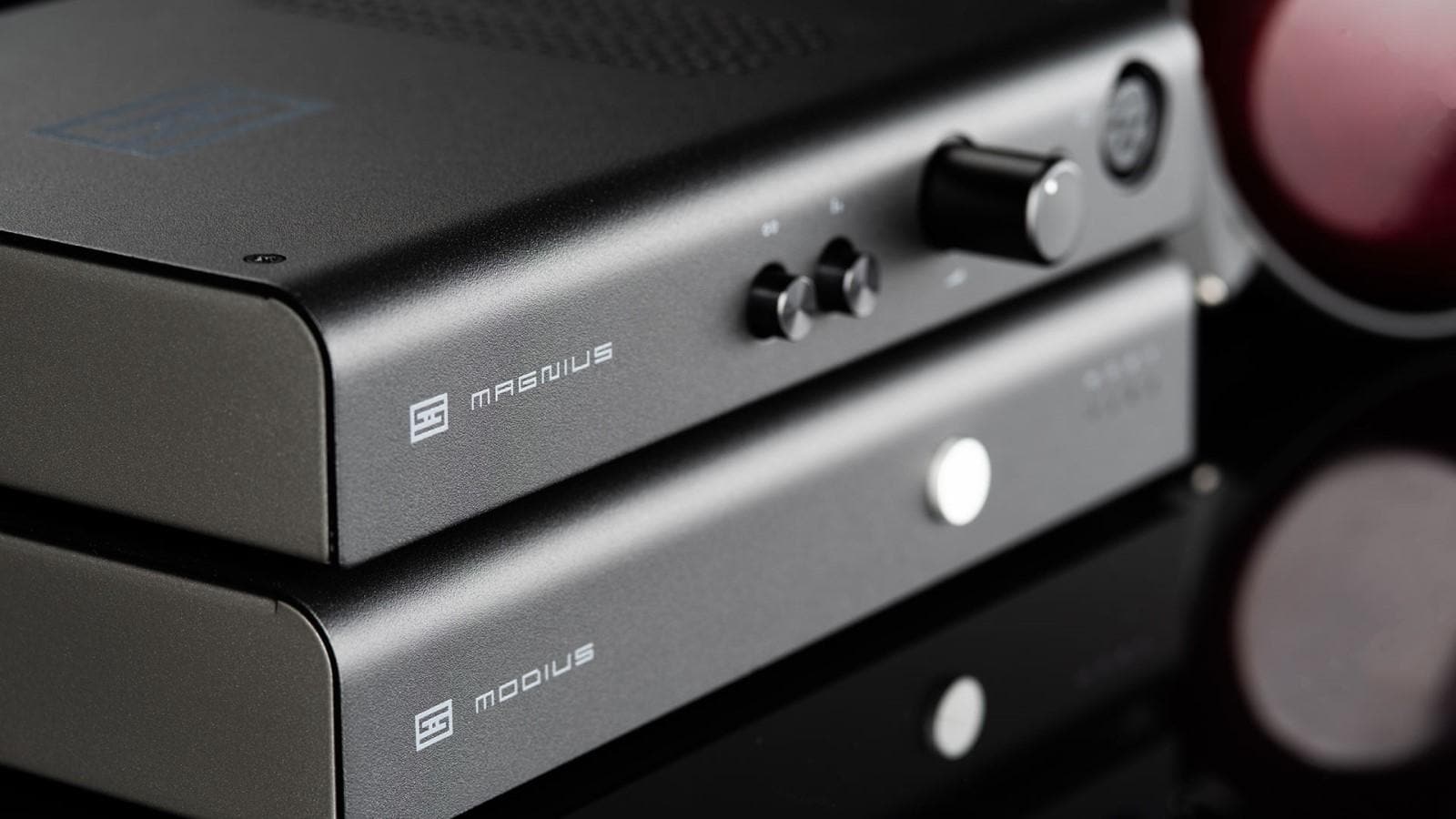
While the Schiit Modi/Magni stack is barebones, throwing down twice the cash gets you the Modius/Magnius stack which gives you more options for your listening pleasure. The biggest upgrade? Balanced connections to remove ground loop hum and a 4-pin XLR balanced headphone output that really brings the power.
You’ll want to use that balanced output as well, as it vastly outperforms the 1/4-inch headphone output. It’s slightly disappointing to hear the level of distortion through the 1/4-inch jack, but if you only use unbalanced headphones, the Modi/Magni pairing is far superior.
[letsreviewaffiliate url=”https://amzn.to/3raLVCd” text=”see modius at amazon” size=”small” rel=”nofollow” target=”newwindow” accent=”#d6c9e2″ border=”off”]
[letsreviewaffiliate url=”https://amzn.to/3z4Xopk” text=”see magnius at amazon” size=”small” rel=”nofollow” target=”newwindow” accent=”#d6c9e2″ border=”off”]
S.M.S.L SU-9 ($460) and SH-9 ($290)
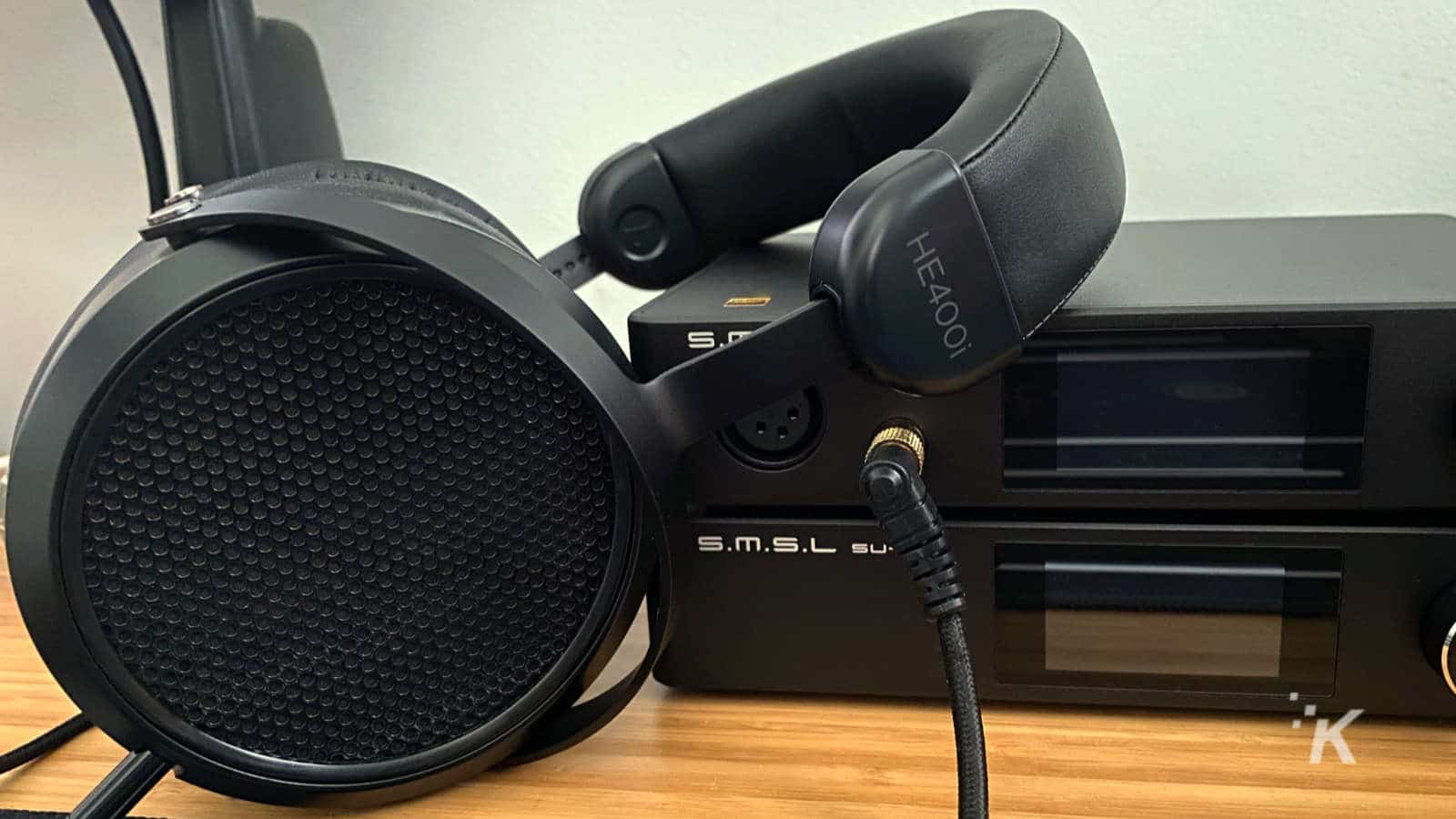
If you want to upgrade to a DAC/AMP pairing with class and style, S.M.S.L. has you covered. The SU-9 balanced DAC gives you all the connections you want, from USB, Optical, and even Bluetooth 5.0. It’s also packed with additional features, like filters to color the sound to your tastes, but you may not want to play with those as the DAC is near-perfect on its own.
Hooked up to the superbly transparent S.M.S.L. SH-9, it’s a stack that will grace your desk and your ears for years to come. There’s only one minor drawback, and that’s that the 4-pin XLR output isn’t balanced as you’d expect it to be, with higher output power compared to the 1/4-inch headphone jack. They’re both at the same output level. That doesn’t really matter in practice, as both have enough juice to drive even the most tricky headphones.
[letsreviewaffiliate url=”https://aposaudio.pxf.io/P0KqAQ” text=”see SU-9 at apos audio” size=”small” rel=”nofollow” target=”newwindow” accent=”#d6c9e2″ border=”off”]
[letsreviewaffiliate url=”https://aposaudio.pxf.io/e4qxQz” text=”see sh-9 at apos audio” size=”small” rel=”nofollow” target=”newwindow” accent=”#d6c9e2″ border=”off”]
These three stacks are for desktop use only, but what if you want better quality audio for your mobile device? Well, thanks to advances in miniaturization, you can get most of the power of a desktop stack in one handy dongle. Here are our picks of the best.
THX Onyx USB-C dongle ($200)
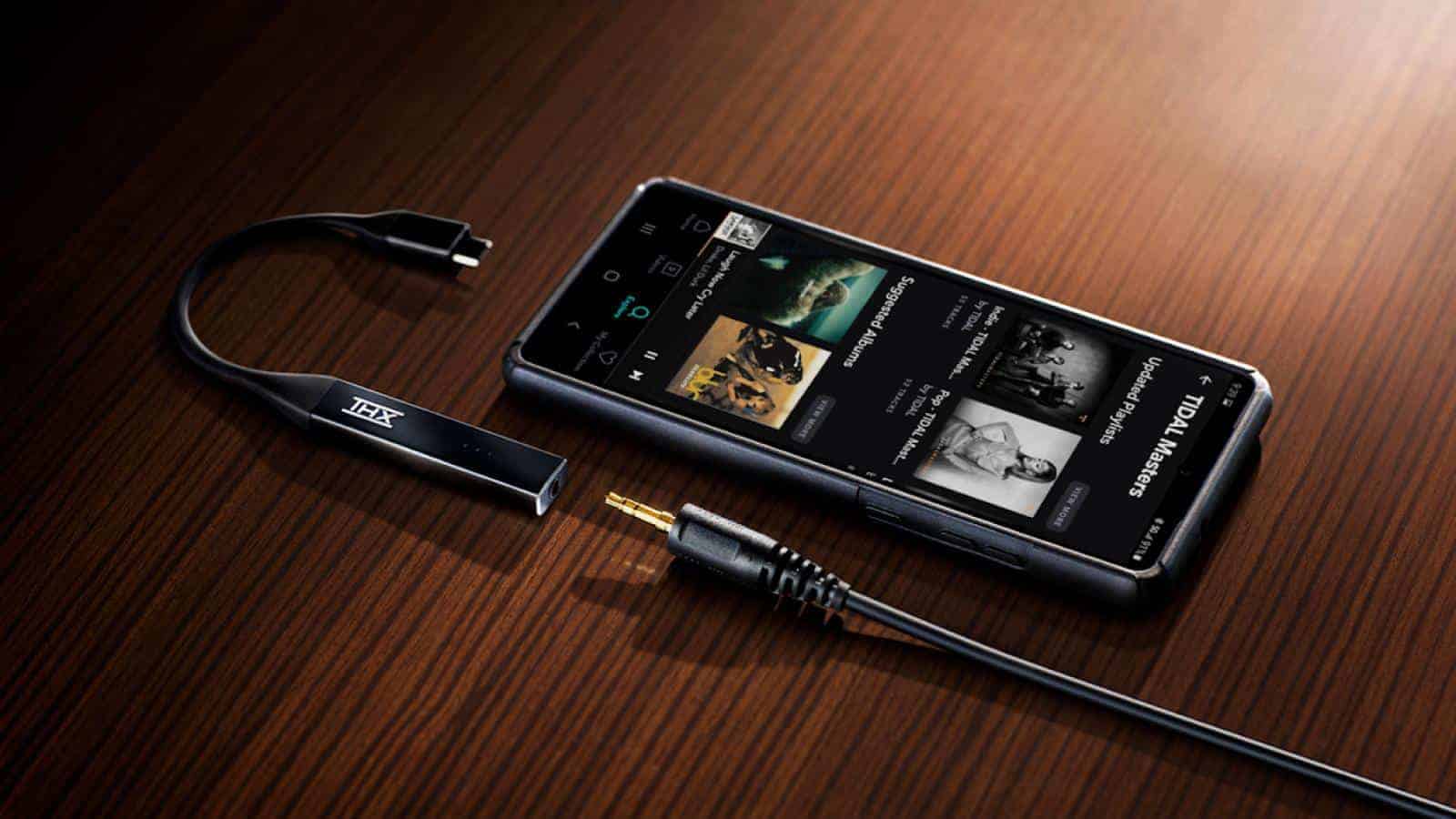
THX is a household name, so we’d be remiss if we didn’t include their own portable DAC/AMP into this list. It can handle files up to 32-bit/384kHz PCM, DSD128, plus MQA for things like Tidal Masters. It’s small, unobtrusive, and stylish and will bring clarity to your favorite tracks, no matter what device you’re listening to them on. The coolest thing? The cable is magnetic, so it snaps onto the underside of the DAC/AMP housing when not in use.
[letsreviewaffiliate url=”https://www.razer.com/mobile-accessories/thx-onyx/RC21-01630100-R3M1″ text=”see at razer” size=”small” rel=”nofollow” target=”newwindow” accent=”#d6c9e2″ border=”off”]
Helm Bolt DAC/AMP with MQA ($99)
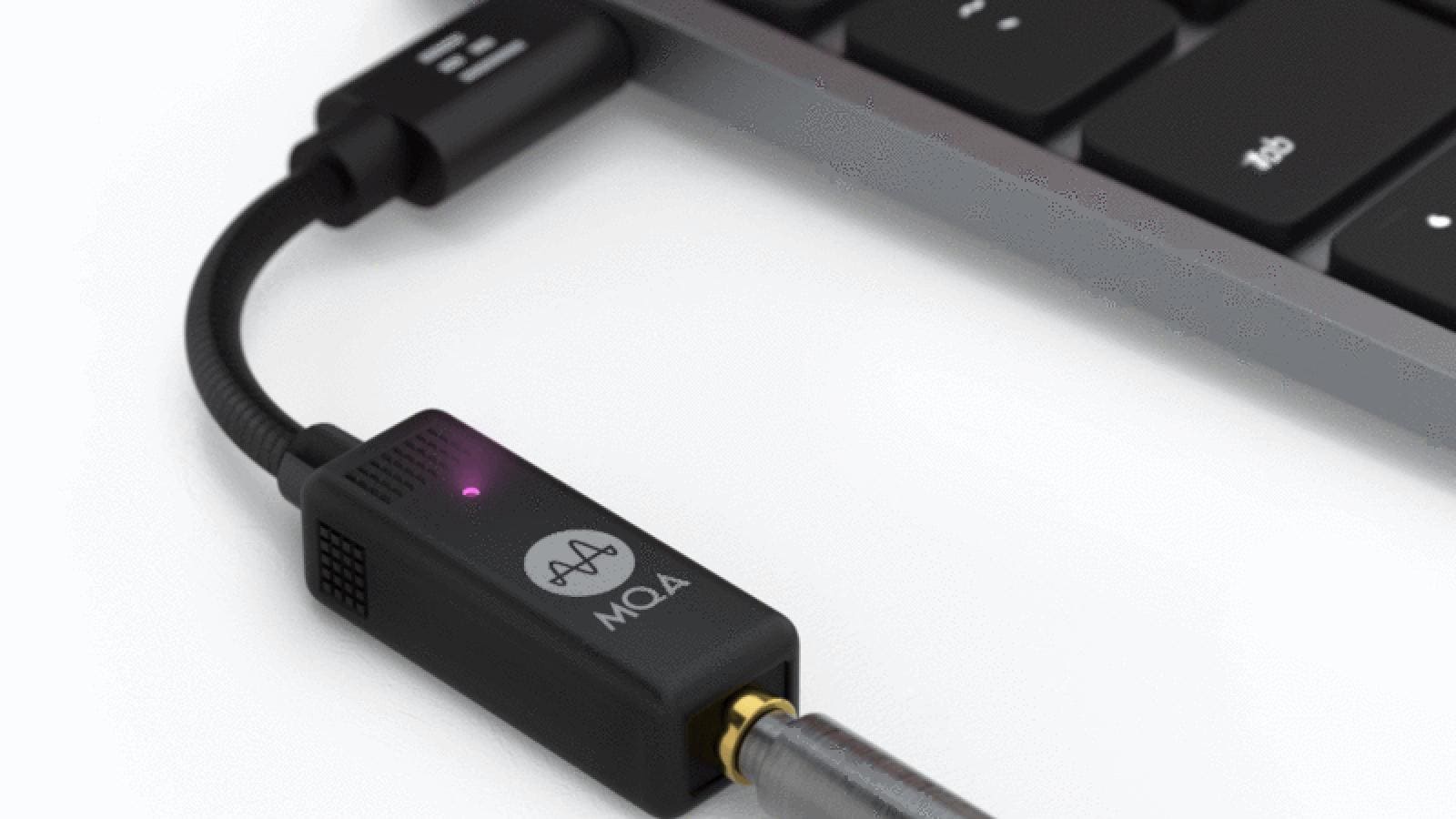
This diminutive device is the cheapest way to get both THX and MQA certified audio into your ears. It’s no slouch at any source you can throw at it, with PCM sample rate support up to 384kHz, and support for DSD, WAV, and every major lossless codec. Yes, also the one used by Apple Music. Perfect for listening to Hi-Res audio on your iPad Pro or on your iPhone once you figure out how to convert the Lightning port to USB-C. It might be the last headphone adapter you need to ever buy.
[letsreviewaffiliate url=”https://amzn.to/386KEmF” text=”see at amazon” size=”small” rel=”nofollow” target=”newwindow” accent=”#d6c9e2″ border=”off”]
Apple DAC
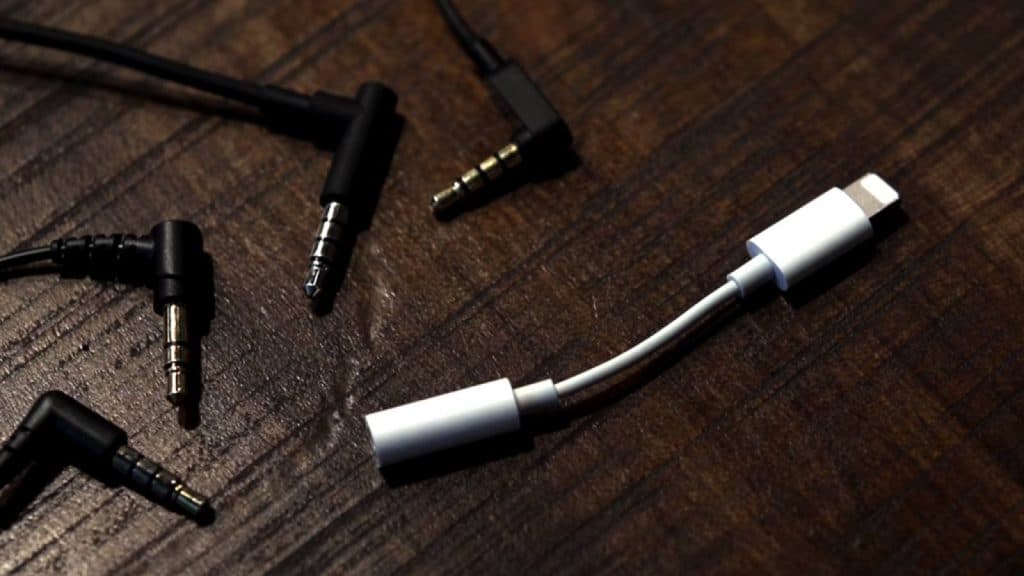
Okay, before you bite my head off, where else are you going to get a well-measuring DAC for under $10? At that price, buy a few in case you lose one, as it’s easier to have a drawer full than wait for a new delivery.
The USB-C one works on Android, iPad Pro, and on your computer, and it’s almost guaranteed to be a step up from the onboard audio chain. The only drawback? It’s no good for listening to Hi-Res audio on Apple Music or the like, as it tops out at 48kHz.
[letsreviewaffiliate url=”https://amzn.to/3hUGioD” text=”see apple lightning to 3.5mm adapter at amazon” size=”small” rel=”nofollow” target=”newwindow” accent=”#d6c9e2″ border=”off”]
[letsreviewaffiliate url=”https://amzn.to/3iStf6z” text=”see apple USB-C to 3.5mm adapter at amazon” size=”small” rel=”nofollow” target=”newwindow” accent=”#d6c9e2″ border=”off”]
While these are our picks for the best DAC and AMP pairs under $1,000, out of every device we’ve had hands-on experience with, there are a huge variety of other devices on the market that are equally capable. Don’t be afraid to test multiple units to find one that fits the sound signature of your favorite headphones.
Have any thoughts on this? Let us know down below in the comments or carry the discussion over to our Twitter or Facebook.
Editors’ Recommendations:
- The best HP printers money can buy you right now
- The best outdoors tech for your summer adventures
- 8 of the best Apple AirTags accessories
- Your gadgets are probably disgusting – here are the best products to clean them
Just a heads up, if you buy something through our links, we may get a small share of the sale. It’s one of the ways we keep the lights on here. Click here for more.
























